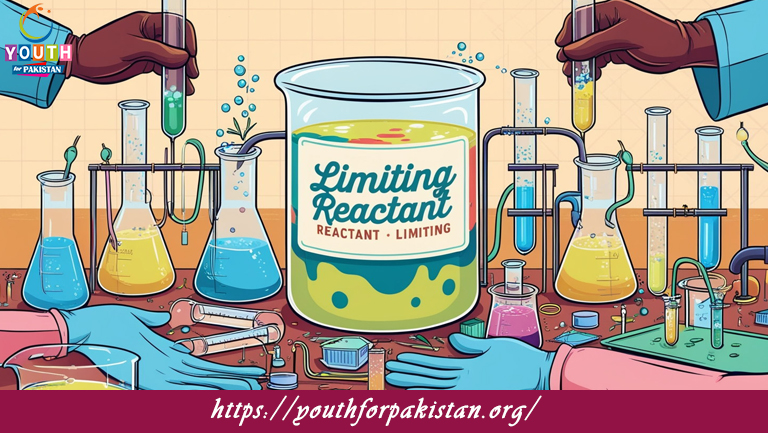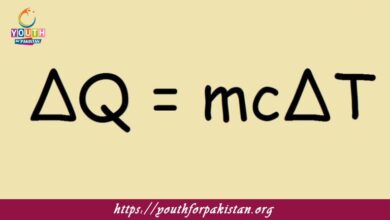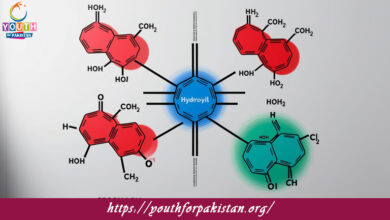Limiting Reactant MDCAT MCQs with Answers

Welcome to the Limiting Reactant MDCAT MCQs with Answers. In this post, we have shared Limiting Reactant Multiple Choice Questions and Answers for PMC MDCAT 2024. Each question in MDCAT Chemistry offers a chance to enhance your knowledge regarding Limiting Reactant MCQs in this MDCAT Online Test.
In a chemical reaction, the limiting reactant is:
A) The reactant present in excess
B) The reactant that determines the amount of product formed
C) Always the smallest in mass
D) Always the largest in moles
The reactant that is completely consumed in a chemical reaction is called:
A) Excess reactant
B) Limiting reactant
C) Catalyst
D) Product
If 5 moles of H₂ react with 3 moles of O₂ to form water, the limiting reactant is:
A) H₂
B) O₂
C) H₂O
D) None
In the reaction 2H₂ + O₂ → 2H₂O, if 4 moles of H₂ and 1 mole of O₂ are used, the limiting reactant is:
A) H₂
B) O₂
C) H₂O
D) Both are limiting
For the reaction N₂ + 3H₂ → 2NH₃, what is the limiting reactant if 10 moles of N₂ and 15 moles of H₂ are mixed?
A) N₂
B) H₂
C) NH₃
D) None
The amount of product formed in a reaction is determined by:
A) The limiting reactant
B) The excess reactant
C) Both reactants equally
D) The catalyst
In a reaction, if 4 moles of A react with 2 moles of B and produce 3 moles of C, which is the limiting reactant?
A) A
B) B
C) C
D) Cannot determine
What happens to the excess reactant in a chemical reaction?
A) It is completely consumed
B) It remains unused
C) It forms a by-product
D) It acts as a catalyst
For the reaction 2SO₂ + O₂ → 2SO₃, if 8 moles of SO₂ and 3 moles of O₂ are mixed, what is the limiting reactant?
A) SO₂
B) O₂
C) SO₃
D) None
In a reaction, the theoretical yield is based on:
A) The limiting reactant
B) The excess reactant
C) The catalyst
D) The reaction rate
Which of the following is not affected by the limiting reactant?
A) Theoretical yield
B) Actual yield
C) Percentage yield
D) Reaction rate
If 6 moles of C react with 4 moles of D to produce CD₂ according to the reaction C + 2D → CD₂, what is the limiting reactant?
A) C
B) D
C) CD₂
D) Both are limiting
The reactant that is left over after a reaction is complete is called:
A) Limiting reactant
B) Excess reactant
C) Catalyst
D) Product
In the combustion of methane, CH₄ + 2O₂ → CO₂ + 2H₂O, if 1 mole of CH₄ reacts with 1 mole of O₂, the limiting reactant is:
A) CH₄
B) O₂
C) CO₂
D) H₂O
The reaction 2A + 3B → C requires 5 moles of A and 9 moles of B. If 4 moles of A and 9 moles of B are available, the limiting reactant is:
A) A
B) B
C) C
D) Both are limiting
The concept of limiting reactants is used to:
A) Determine reaction rate
B) Predict reaction mechanisms
C) Calculate theoretical yield
D) Balance equations
In a chemical equation, the coefficients represent:
A) Mass of reactants
B) Mole ratios
C) Reaction speed
D) Yield percentages
If 2 moles of X react with 3 moles of Y to produce Z, which is the limiting reactant if 5 moles of X and 5 moles of Y are available?
A) X
B) Y
C) Z
D) Both are limiting
The concept of limiting reactants is most applicable to:
A) Balanced reactions
B) Reactions with stoichiometric proportions
C) Reactions with excess reactants
D) Reactions with insufficient reactants
For the reaction 4Fe + 3O₂ → 2Fe₂O₃, if 8 moles of Fe and 3 moles of O₂ are mixed, the limiting reactant is:
A) Fe
B) O₂
C) Fe₂O₃
D) None
If you are interested to enhance your knowledge regarding Physics, Chemistry, Computer, and Biology please click on the link of each category, you will be redirected to dedicated website for each category.




